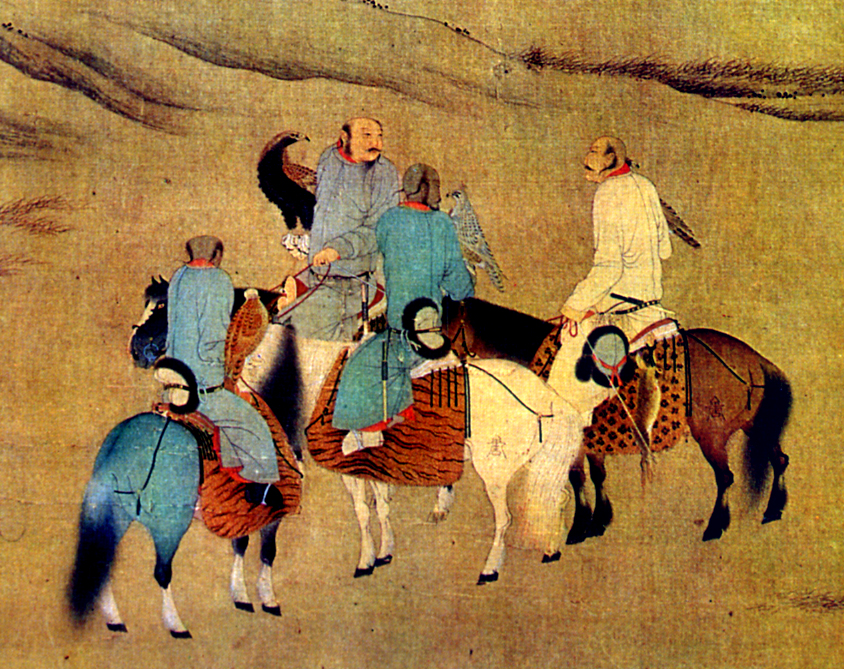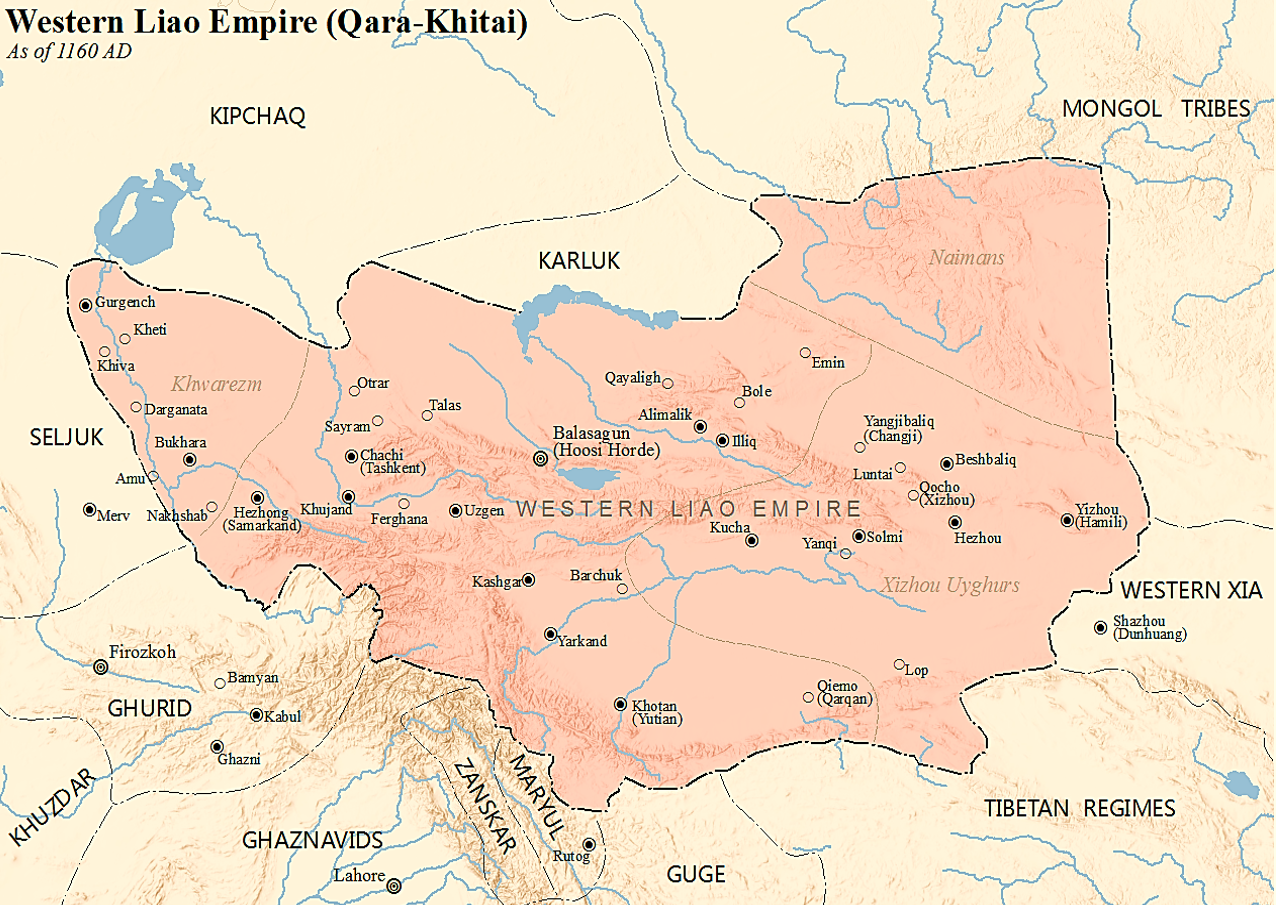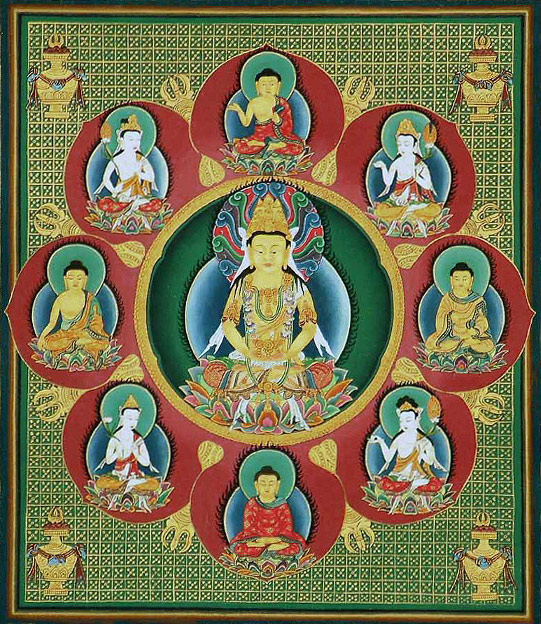The Rise of the Qing Dynasty
As the Ming Dynasty faced utter collapse in the face of famines, plagues, and peasant rebellions, the Qing Dynasty of Manchuria would surge and, eventually, take its place as the ruling dynasty of China.
As the Ming Dynasty faced utter collapse in the face of famines, plagues, and peasant rebellions, the Qing Dynasty of Manchuria would surge and, eventually, take its place as the ruling dynasty of China.
Under pressure from outside and within, the Ming Dynasty of China gradually lost control after a series of famines, plagues, and peasant rebellions. By the early 1600s, however, the Later Jin Dynasty began to take charge after unifying Manchuria and soon set its sights on claiming the Mandate of Heaven for themselves.
As the Yuan Dynasty lost ground against rebel uprisings, a leader of the Red Turbans would eliminate his rivals until finally driving the Yuan out of Khanbaliq and founding the Ming Dynasty.
#History #Japan #Podcast #Patreon #MingDynasty #China #RedTurbans
After Kublai Khan’s death, the Yuan Dynasty was divided by two rival factions – one who wanted total Mongol traditional rule and one who preferred Confucian government. The economic turmoil caused by these feuding parties gave rise, in part, to the Red Turban Rebellion.
#History #Japan #Podcast #China #Yuan #RedTurbans #Rebellion




















You can read the Mahavairocana Sutra for yourself by downloading it from the Society for the Promotion of Budhism (Bukkyo Dendo Kyokai) by clicking here.



You can read the Lotus Sutra for yourself by downloading it from the Society for the Promotion of Budhism (Bukkyo Dendo Kyokai) by clicking here.
Recent Comments